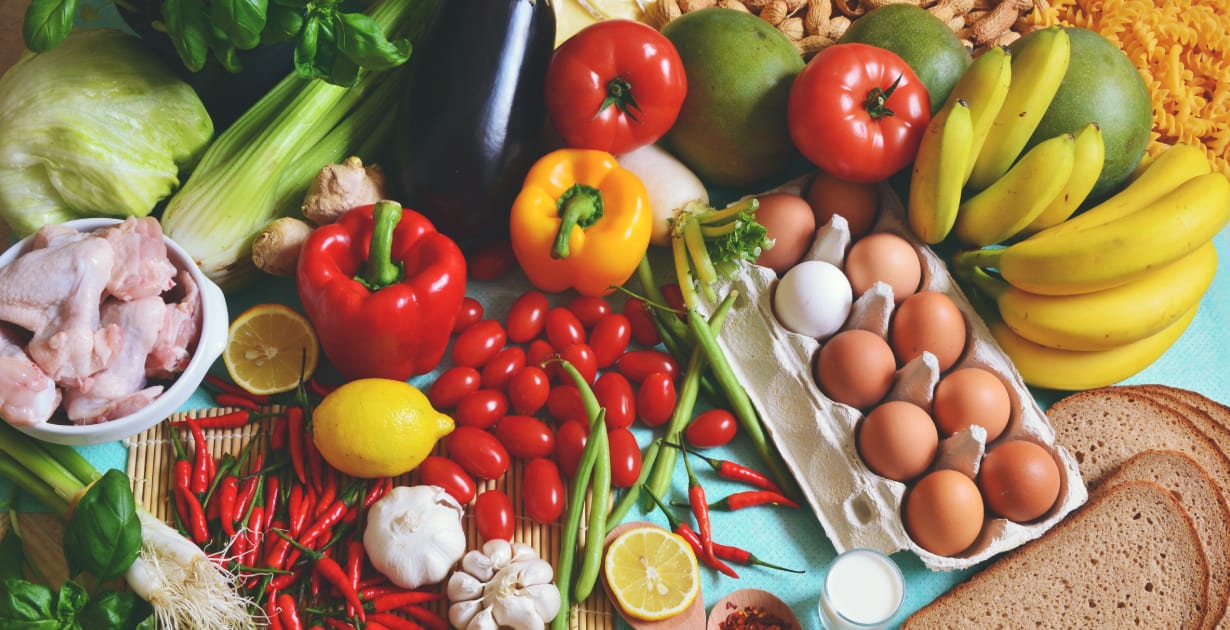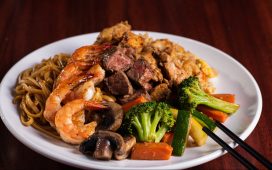Table Of Contents
FODMAPs are carbohydrates present in particular foods like beans and wheat, and research has linked them to digestive symptoms like constipation and diarrhea. Low fodmap diets have tremendous benefits for people experiencing digestive issues, and more people are turning towards them.
FODMAP diets reach the intestine ends instead of being absorbed into the bloodstream. The most common FODMAPs are;
- Fructans- available in foods like wheat
- Galactans- available in legumes
- Fructose- is a simple sugar mainly found in vegetables and fruits.
Below we discuss everything you need to know about FODMAP diets.
What Happens After Eating FODMAP Diets?
Most FODMAPs go through the intestine unchanged and are resistant to digestion. However, certain carbohydrates function like FODMAPs in some people, including fructose and lactose.
FODMAPs get used and fermented after reaching the colon and are osmotically active.
Why you Should Take FODMAP Diets
The low FODMAP diet has been researched on individuals with IBS. This popular digestive issue has the following symptoms;
- Diarrhea
- Bloating
- Constipation.
Remember, over 30% of people in the US have IBS, but most cases are undiagnosed. There is no known IBS cause, but stress is a leading contributor. A low FODMAP diet helps to resolve common gastrointestinal issues.
The main benefits of a low FODMAP diet are;
- Less constipation
- Less bloating
- Less gas
- Fewer stomach pains
Which foods are Rich in FODMAPs?
Below we list foods with the highest FODMAP rates;
- Fruits- including cherries, apples, apricots, and blackberries
- Vegetables- leeks, garlic, onions, and asparagus
- Sweeteners- honey, xylitol, and maltitol
- Legumes- baked beans, lentils, and soybeans
- Beverages- milk, soft drinks, soy milk.
Remember, these diets aim not to get rid of FODMAPs. Reducing the intake of these carbs is considered enough to reduce digestive issues. You can have a broad collection of nutritious and healthy foods on a low FODMAP diet. These foods include;
- Spices and herbs
- Eggs, fish, and meats
- Oils and fats
- Dairy products
- Sweeteners.
How to Come Up with a Low FODMAP Diet
Most foods we take have high FODMAP levels. It is advisable to get rid of all FODMAP meals for a certain time for the diet to work. You can then re-introduce these foods after some weeks, each at a time.
This will let you know which foods cause your symptoms and avoid them permanently. It can be challenging to develop and follow a FODMAP diet without help, and it will help to contact your nutritionist.
Contacting your doctor also enables you to avoid unwanted dietary restrictions because particular tests will help you to know if you should avoid lactose or fructose instead of removing them from your diet.
Final Thoughts
FODMAPs are short-chain carbohydrates that go through the intestines undigested. Most FODMAP-rich foods are healthy, while some function like prebiotic filters.
These diets are becoming increasingly common due to their numerous benefits, and the above article has discussed everything you should know about them, and more information is available online. Reach out to us for more information.






